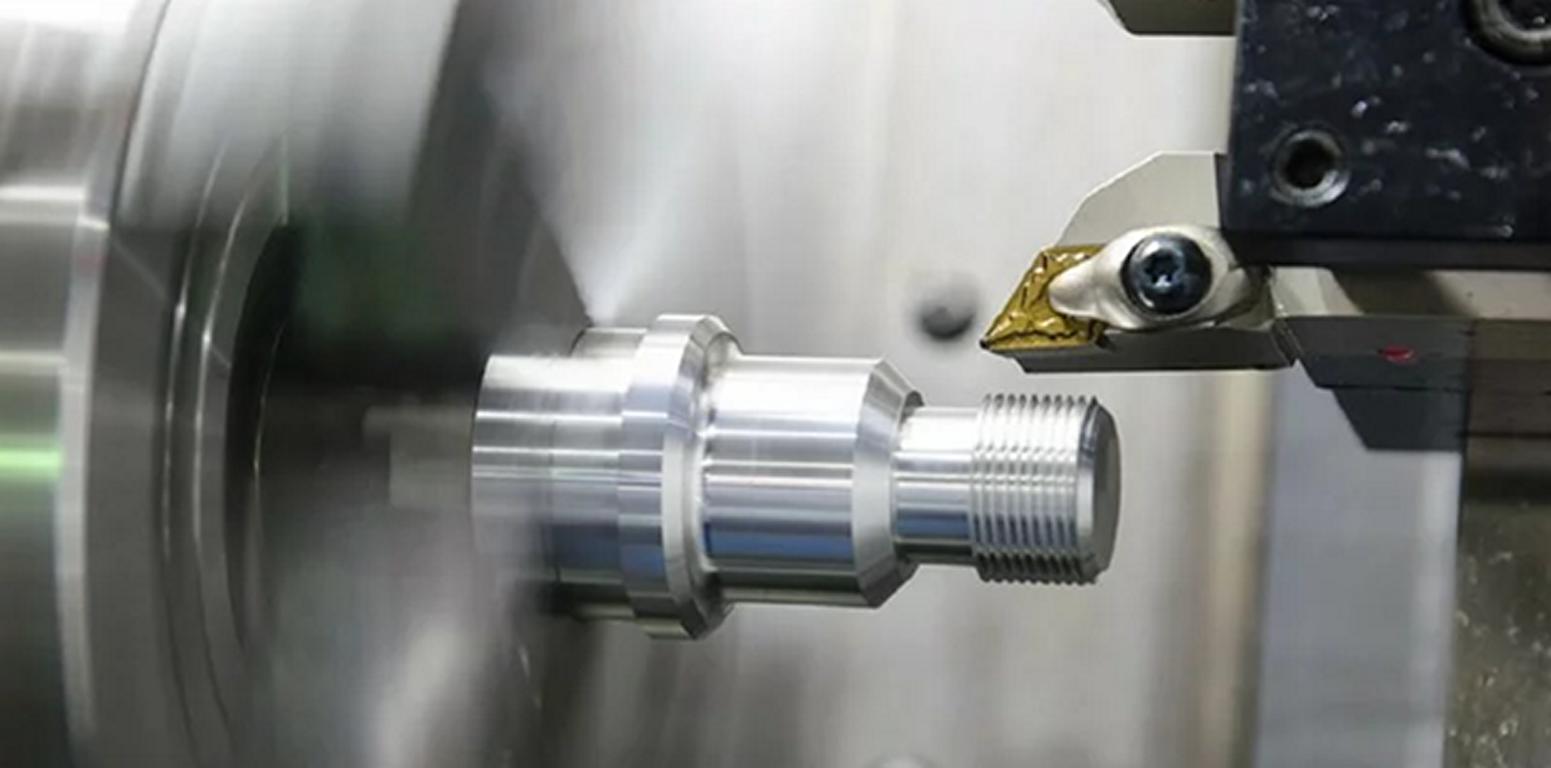
Steps in CNC rapid prototyping
Design planning- the initial step in CNC rapid prototyping. This may incorporate dimensioning and placing the detail, planning for the fabrication and assembly, etc.

Design planning- the initial step in CNC rapid prototyping. This may incorporate dimensioning and placing the detail, planning for the fabrication and assembly, etc.
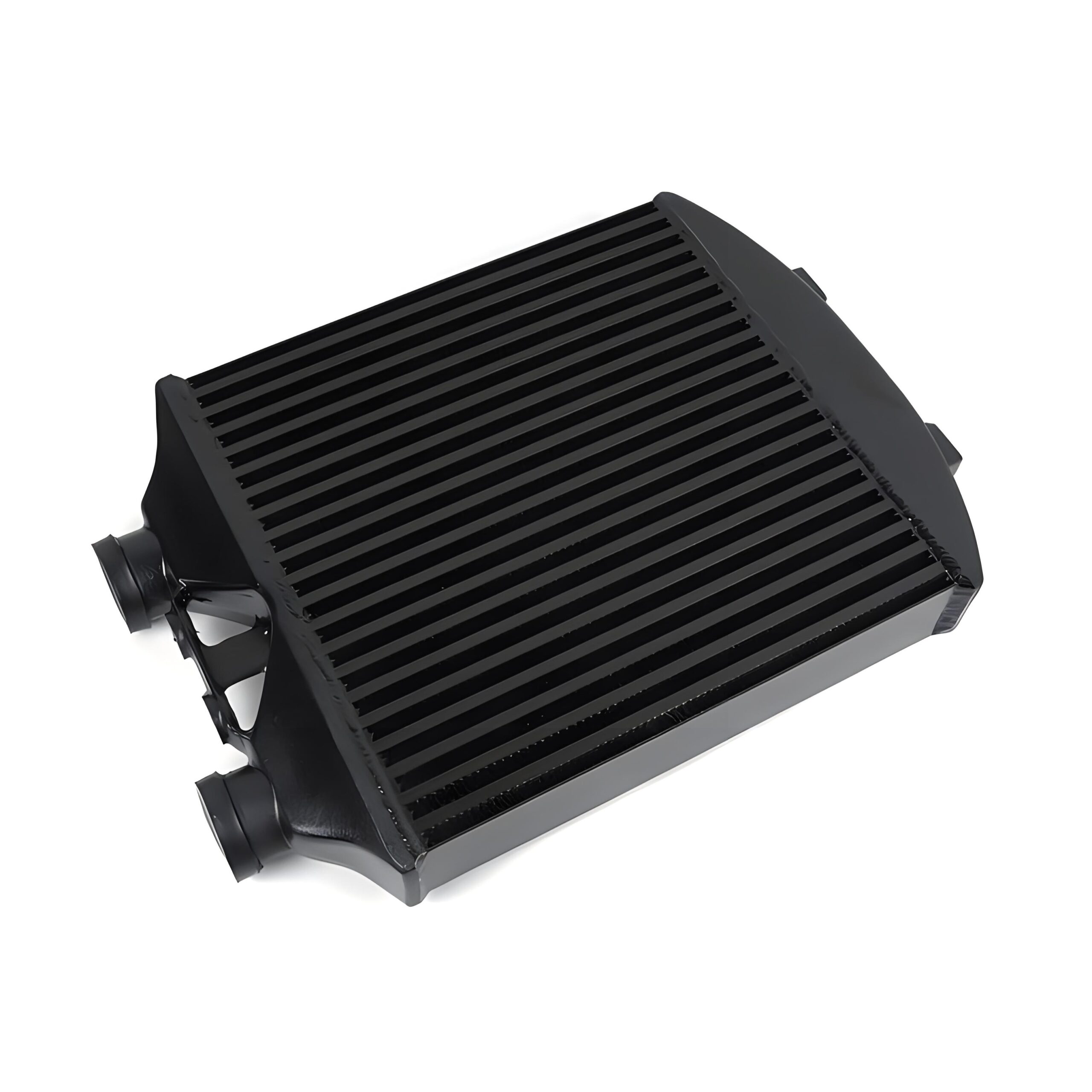
Core Function & Material Requirements An intercooler’s primary job is to cool compressed intake air from a turbocharger or supercharger. The ideal material must excel

We may have a long list of prototyping methods in the field of machining, however, CNC rapid prototyping is one of the most credible. Thanks
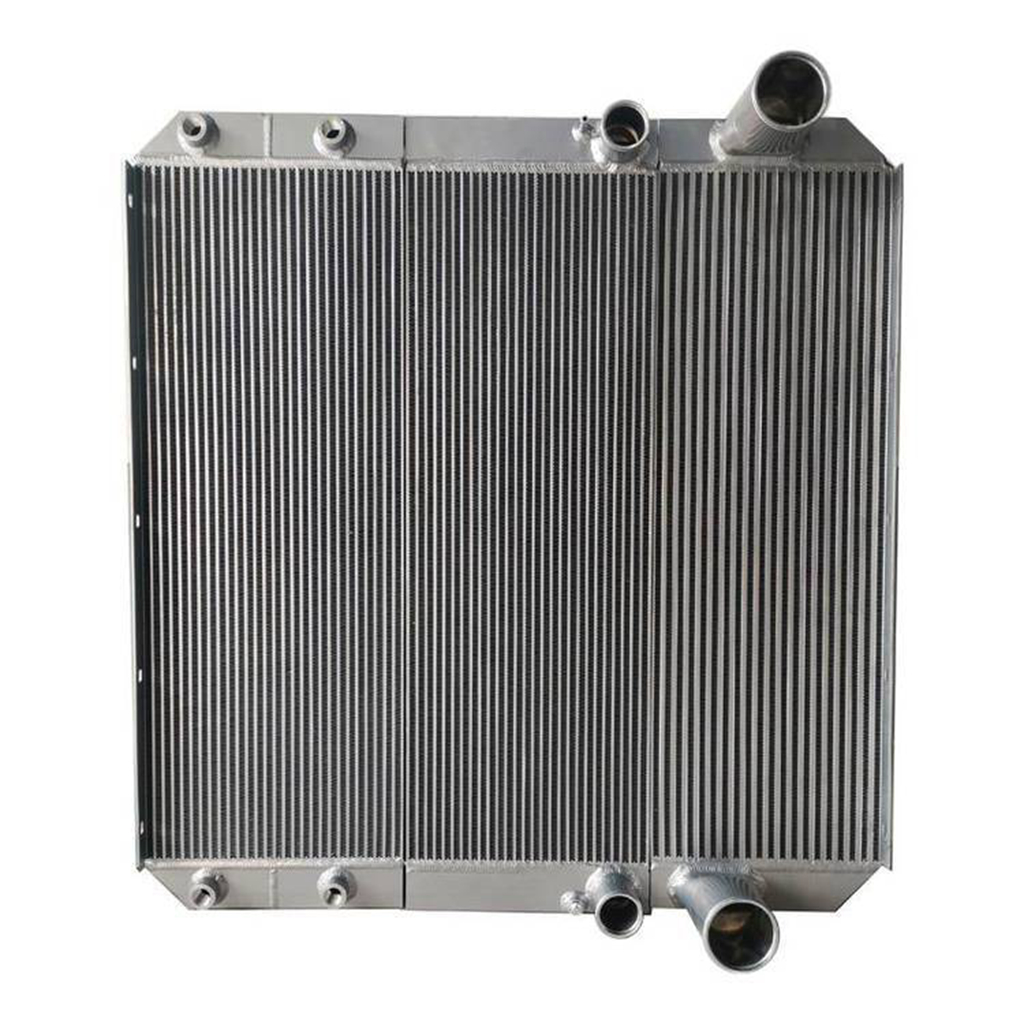
An intercooler is a mechanical heat exchange device used in forced-induction internal combustion engines, primarily those equipped with a turbocharger or supercharger. Its core purpose

Powder Metallurgy (PM) is not a single-purpose technology but a versatile manufacturing platform selected for its unique combination of economic, design, and material advantages. Its
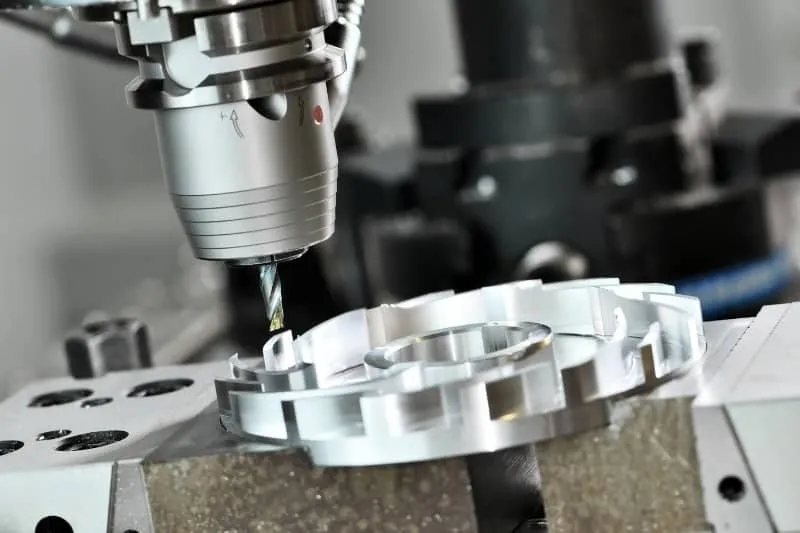
Many industries are benefiting from CNC rapid prototyping, especially those that demand preciseness and particular feature. Putting money into prototype exercises with CNC machining lessens
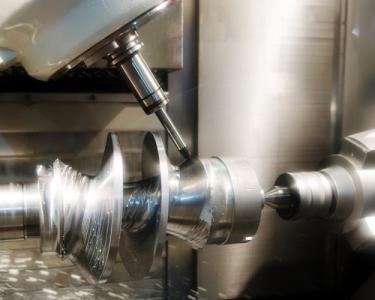
In the world of manufacturing, there are a variety of ways to create prototypes. Perhaps the most well-known method is rapid prototyping, which uses additive

The selection of material is a critical factor in 3D printing (Additive Manufacturing), as it directly determines the functional properties, mechanical performance, aesthetic quality, and

When we say “rapid prototyping”, it is a procedure that will let you produce a part rapidly and examine the capability and the possibility of

Custom ordering stainless steel CNC machining parts involves a straightforward process. Firstly, clearly define the specifications, including material grade and dimensions. Following this, identify reputable
WhatsApp us
Ready to Work Together? Build a project with!
*You can upload your design here so that we can provide you with a more accurate quote.